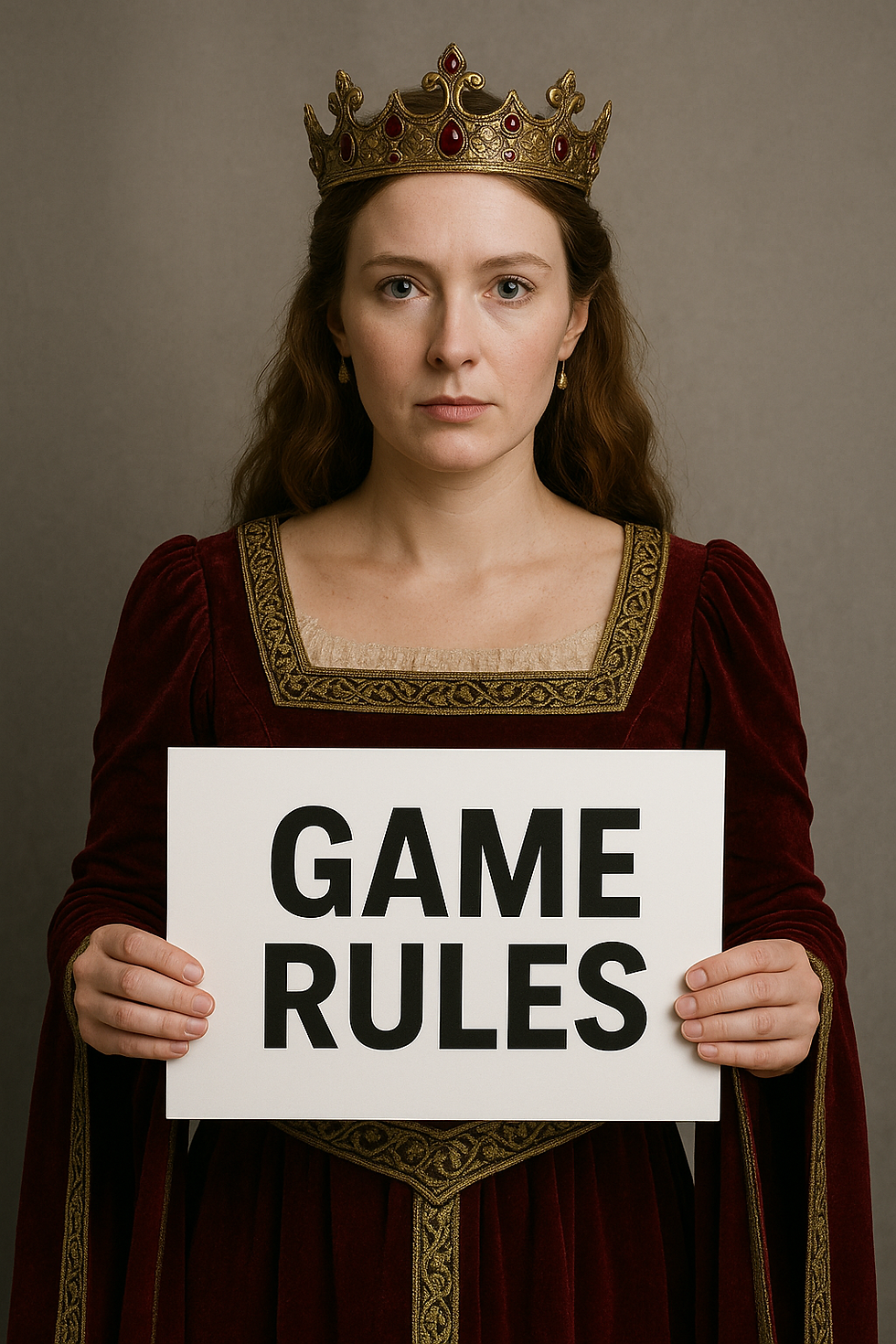
Trivia Night
Age Range
How Many Players
Rating
Play Time?
8+
4+
G-R
1-3 Hours
Trivia night is an event where participants come together to answer questions on a wide range of topics in a competitive and often social setting. The questions may be focused on a specific theme or subject area, such as pop culture, history, sports, or general knowledge. Typically, participants play in teams and compete against each other to see who can answer the most questions correctly. Trivia night can be hosted at bars, restaurants, or other entertainment venues, and may offer prizes for the winning team.
Variations
Themed Trivia Night: Choose a specific theme for the trivia questions, such as a particular decade, a specific TV show or movie franchise, or a particular genre of music.
Reverse Trivia Night: Instead of asking questions and having teams give the answers, give teams the answers and have them come up with the questions.
Speed Trivia Night: Set a time limit for each question, and the team that buzzes in with the correct answer first earns the point.
Picture Trivia Night: Instead of asking questions, show teams pictures and have them identify what or who is in the picture.
Pop Culture Trivia Night: Focus on current events, celebrity gossip, and recent trends in music, movies, and TV shows.
Pub Trivia Night: Host the trivia night at a local pub or bar and have teams enjoy food and drinks while answering the questions.
GAME RULES
The rules of Trivia Night can vary depending on the specific game being played, but in general, the following guidelines are often used:
Players are divided into teams, with each team consisting of a designated number of players (usually 2-6).
A game host asks a series of questions in various categories (such as history, science, pop culture, sports, etc.).
Each team has a set amount of time (usually around 30 seconds) to confer and write down their answer to each question.
The host reveals the correct answer to each question, and teams receive points based on whether or not they answered correctly.
The team with the most points at the end of the game is declared the winner.
In some variations of Trivia Night, there may be bonus rounds or special rules, such as wagering points or stealing points from other teams.
Overall, the goal of Trivia Night is to have fun while testing your knowledge and competing against other teams.



GAME SETUP
The setup for a trivia night can vary depending on the size and location of the event. Here are some general guidelines:
Venue: Choose a location that can comfortably accommodate all participants, such as a bar, restaurant, community center, or even a private residence. Make sure the venue has enough tables and chairs for everyone to sit and play comfortably.
Team Registration: Each team should consist of a minimum of 2 and maximum of 6 players. Have a sign-up sheet for teams to register their name and members.
Quizmaster and Questions: Assign a quizmaster who will ask the questions and keep score. Prepare a list of trivia questions in advance, either by researching online or creating your own.
Rounds: Divide the questions into rounds, with each round containing a specific number of questions. You can have different themes for each round, such as history, pop culture, sports, etc.
Points System: Assign points for each correct answer, and keep track of each team's score. At the end of each round, announce the scores and the team with the highest score.
Final Round: Have a final round where teams can wager a certain number of points based on how confident they are in their answer. Ask a final question, and the team with the highest point total at the end of the game wins.
Prizes: Offer a prize for the winning team, such as a gift card, a trophy, or a round of drinks.
Equipment: Make sure you have all the necessary equipment, such as a microphone for the quizmaster, a sound system to play music or sound effects, and a projector or TV to display questions.
Refreshments: Depending on the location, you may want to provide food and drinks for participants, or you can encourage them to bring their own.
Timing: Set a start and end time for the event, and make sure to stick to it so that participants can plan accordingly.
Tips, Ideas & More

























.png)
